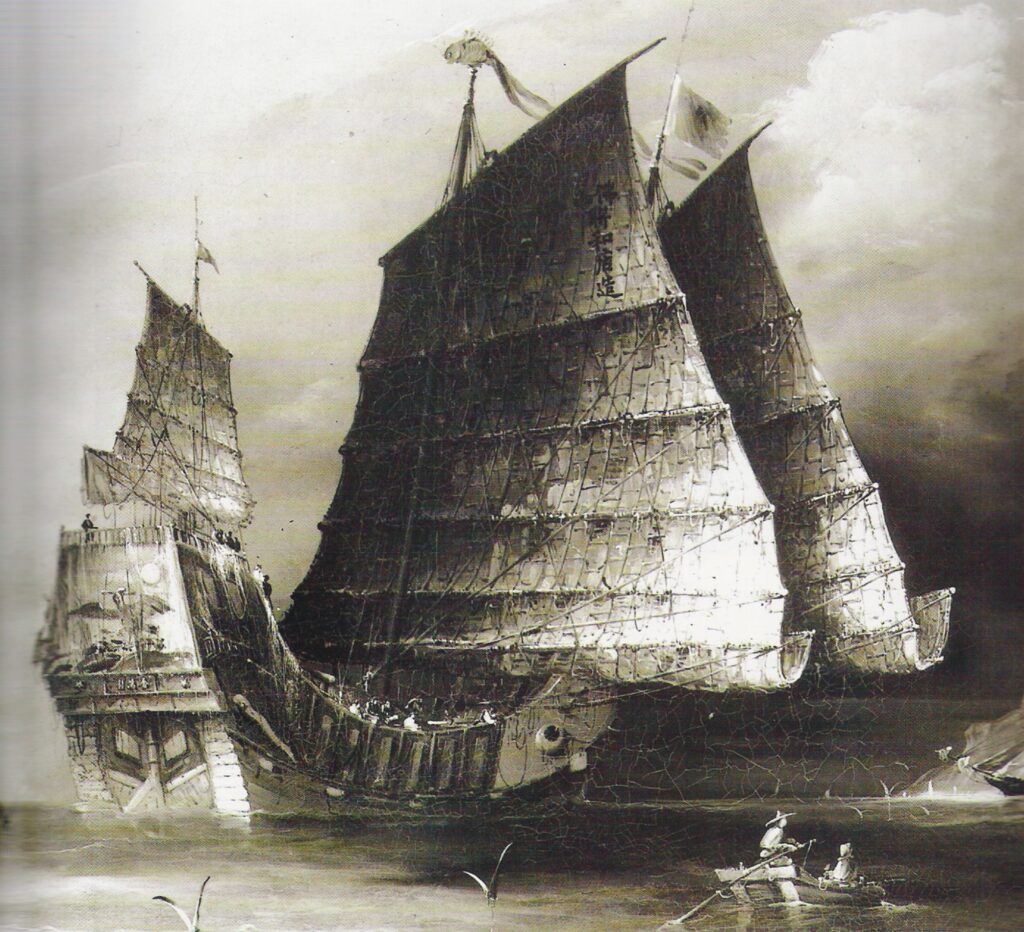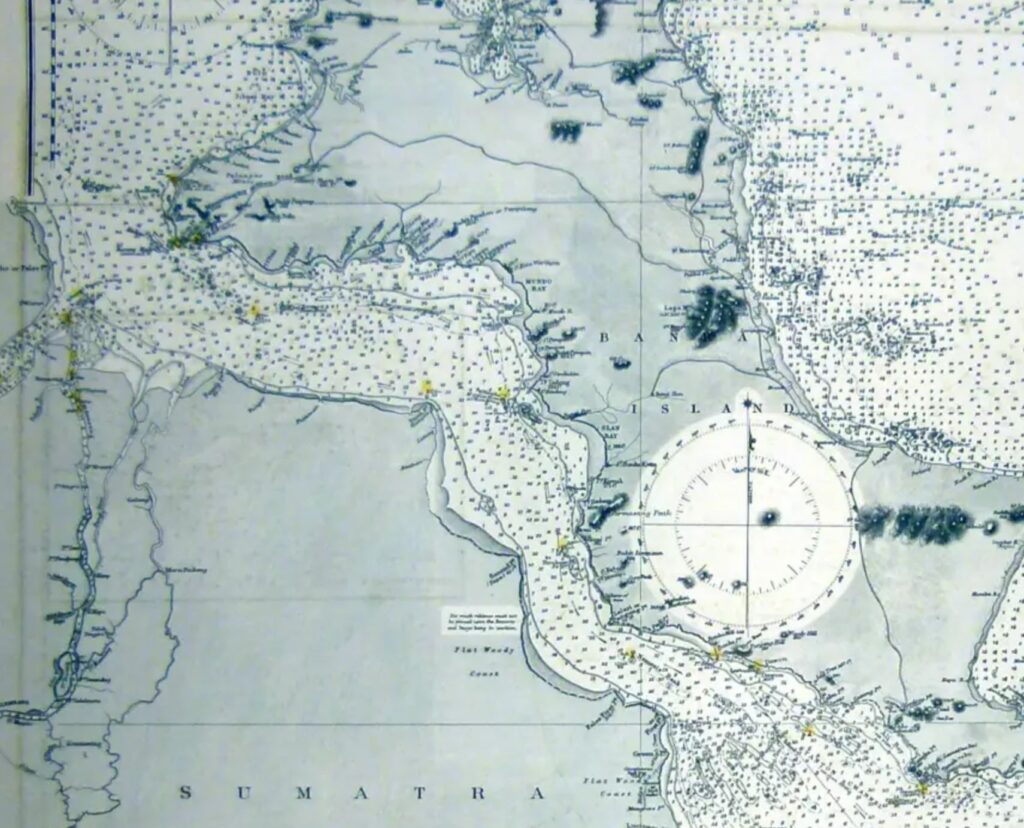A Tale of Tragedy and Discovery
The Tek Sing shipwreck, a historic event from 1822, unfolded in the vast expanse of the South China Sea. Laden with precious ceramics and other valuable cargo, the Chinese junk Tek Sing met a tragic fate beneath the waves. Discovered in 1999, this shipwreck has since revealed a treasure trove of archaeological wonders, shedding light on maritime history and trade in the region.
Setting Sail and a Valuable Cargo
Departing from the bustling Chinese port of Amoy (now known as Xiamen) on January 14th, 1822, the Tek Sing embarked on a journey that would become a chapter in maritime history. Packed to the brim with blue and white porcelain and fine Chinese tea, the ship’s hull was a testament to its immense cargo. This grand vessel spanned fifty meters in length and ten meters in width, weighing over a thousand tonnes when fully laden. Its three towering masts, with the largest reaching ninety feet and requiring a crew of 200, emphasized its grandeur. Among its passengers were over 1600 Chinese immigrant workers seeking opportunities abroad, marking the end of an era in Chinese maritime history.

A Voyage of Encounters and Challenges
The Tek Sing’s voyage took it along the East coast of China, past Singapore, and between Sumatra and Borneo, finally arriving at Batavia (now Jakarta), Indonesia. In an effort to deter the area’s notorious pirates, the Tek Sing sailed alongside the Capella Mera, another Chinese junk captained by Tjieuw Kingliang, on its way to Batavia.
A Fateful Decision and Tragic End
The Tek Sing’s fate took a dire turn when Captain Io Tauko opted to sail via the Gaspar Straits, a route known primarily to European vessels. On January 22nd, a strong northerly breeze and good speed led to disaster as the Tek Sing struck the Belvedere Shoals. The impact caused the ship to violently heel over, throwing off many passengers before rapidly sinking in thirty meters of water, just a kilometer away from the reef.

A Miraculous Encounter and Bitterness Unveiled
By a stroke of luck, the wreckage was stumbled upon some 36 hours later by the Indiana, captained by James Pearl. This timely discovery saved the lives of around 200 individuals who clung to debris or reached nearby Gasper Island. Among the survivors was the Tek Sing’s second captain, who harbored bitterness towards the Capella Mera for not coming to their aid.
Unveiling the Past: Salvage and Legacy
In 1999, Michael Hatcher successfully salvaged the Tek Sing shipwreck, unveiling its precious cargo of tea-protected porcelain. Some artifacts bear the markings of tea leaves, while others are adorned with coral encrustations. The tragedy of the Tek Sing, with its loss of 1600 lives, stands as a poignant reminder of a turbulent era in China, impacted by events such as the English opium trade. It is a sobering irony that the ship’s savior, Captain Pearl, was connected to the very trade that led to the ship’s tragic journey.
In Conclusion
The Tek Sing shipwreck is a testament to the interplay of history, tragedy, and discovery. Its submerged relics continue to unravel stories of the past, serving as a poignant reminder of the human experiences woven into the fabric of maritime heritage